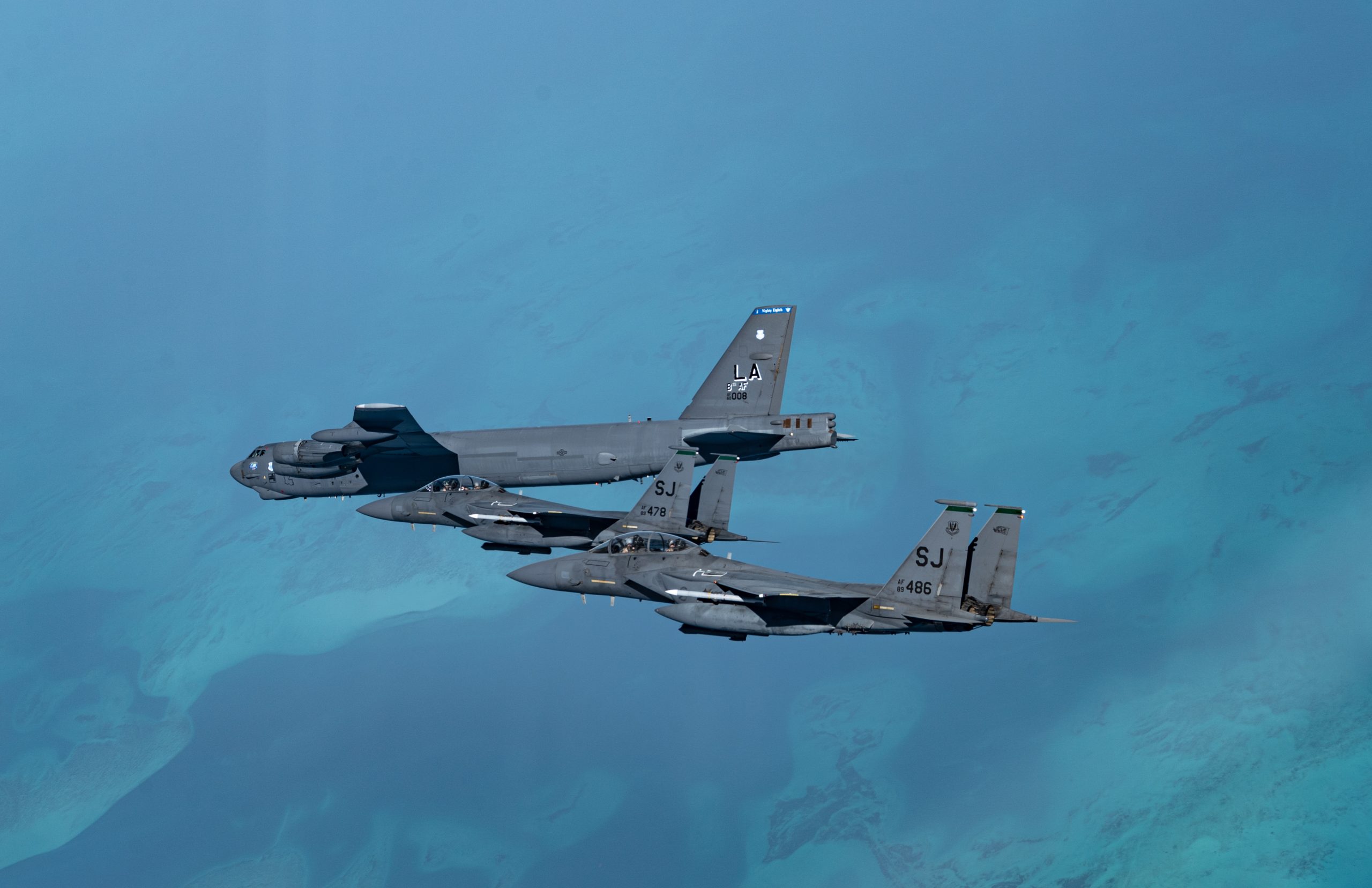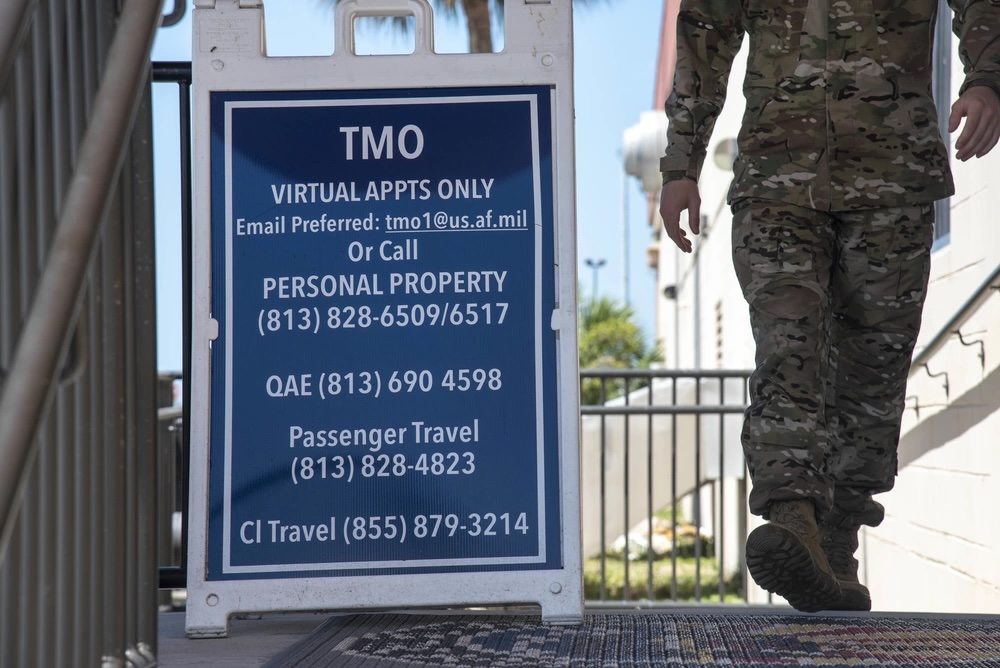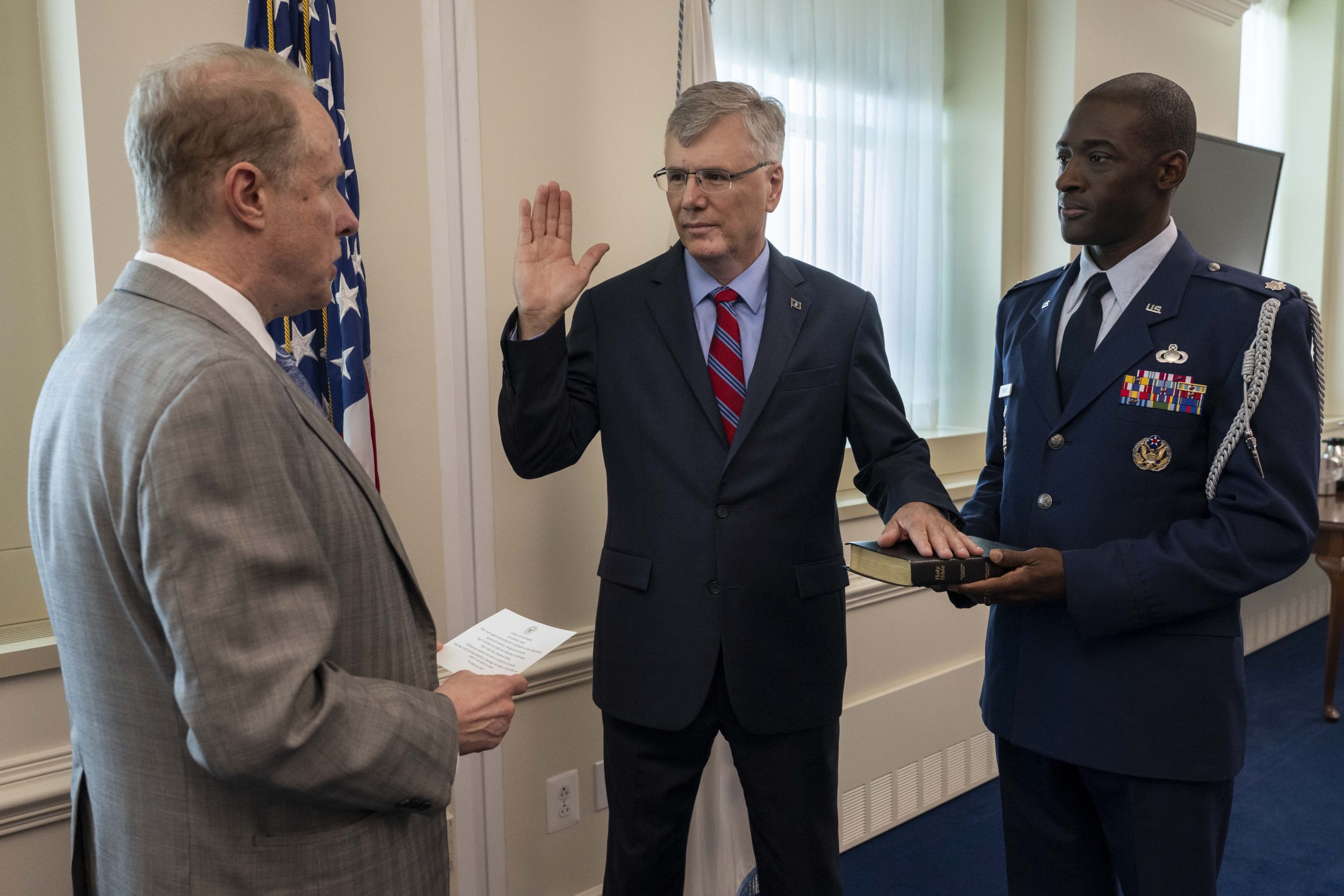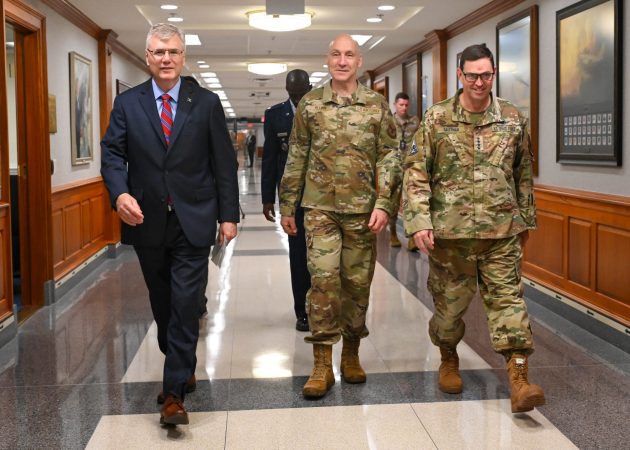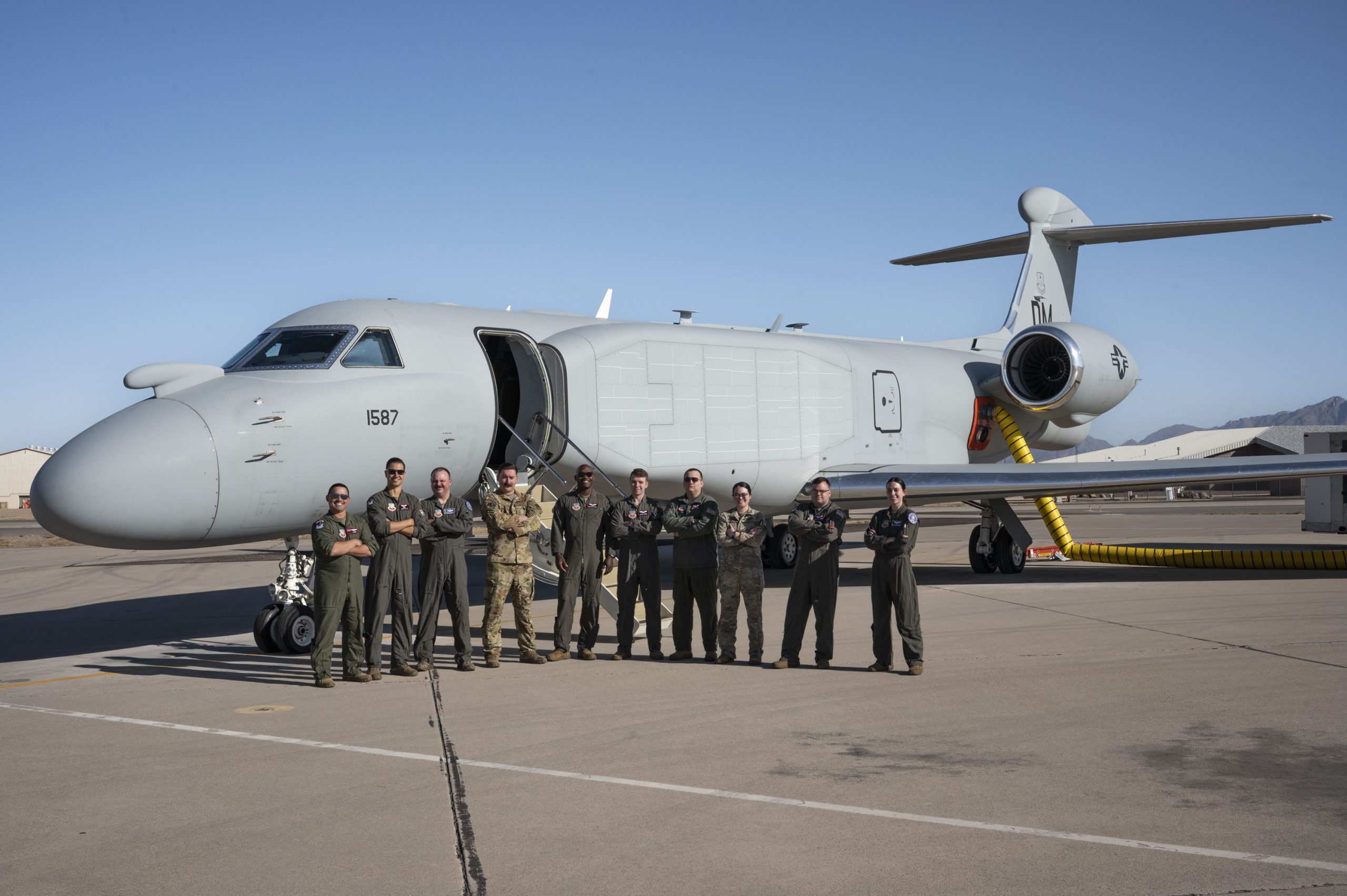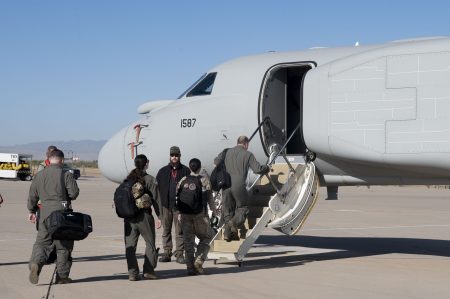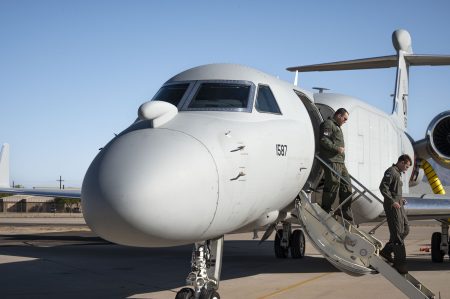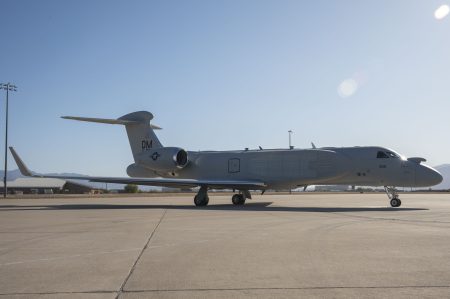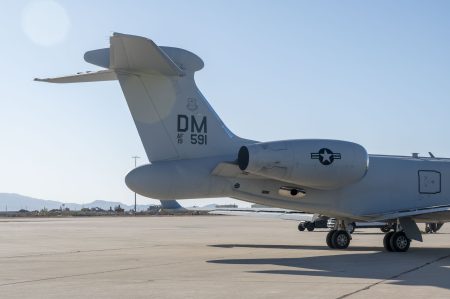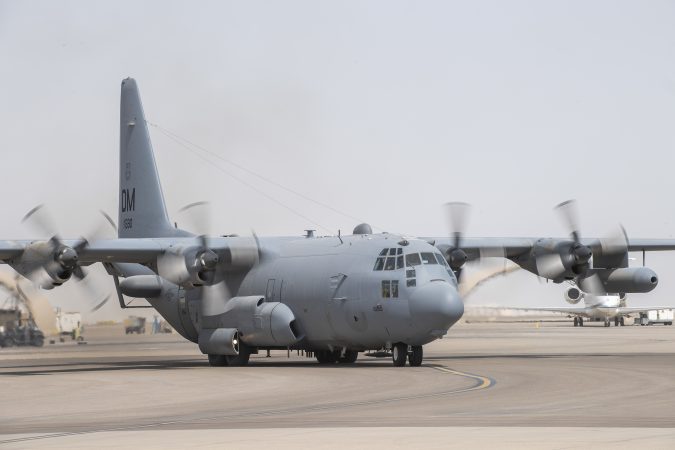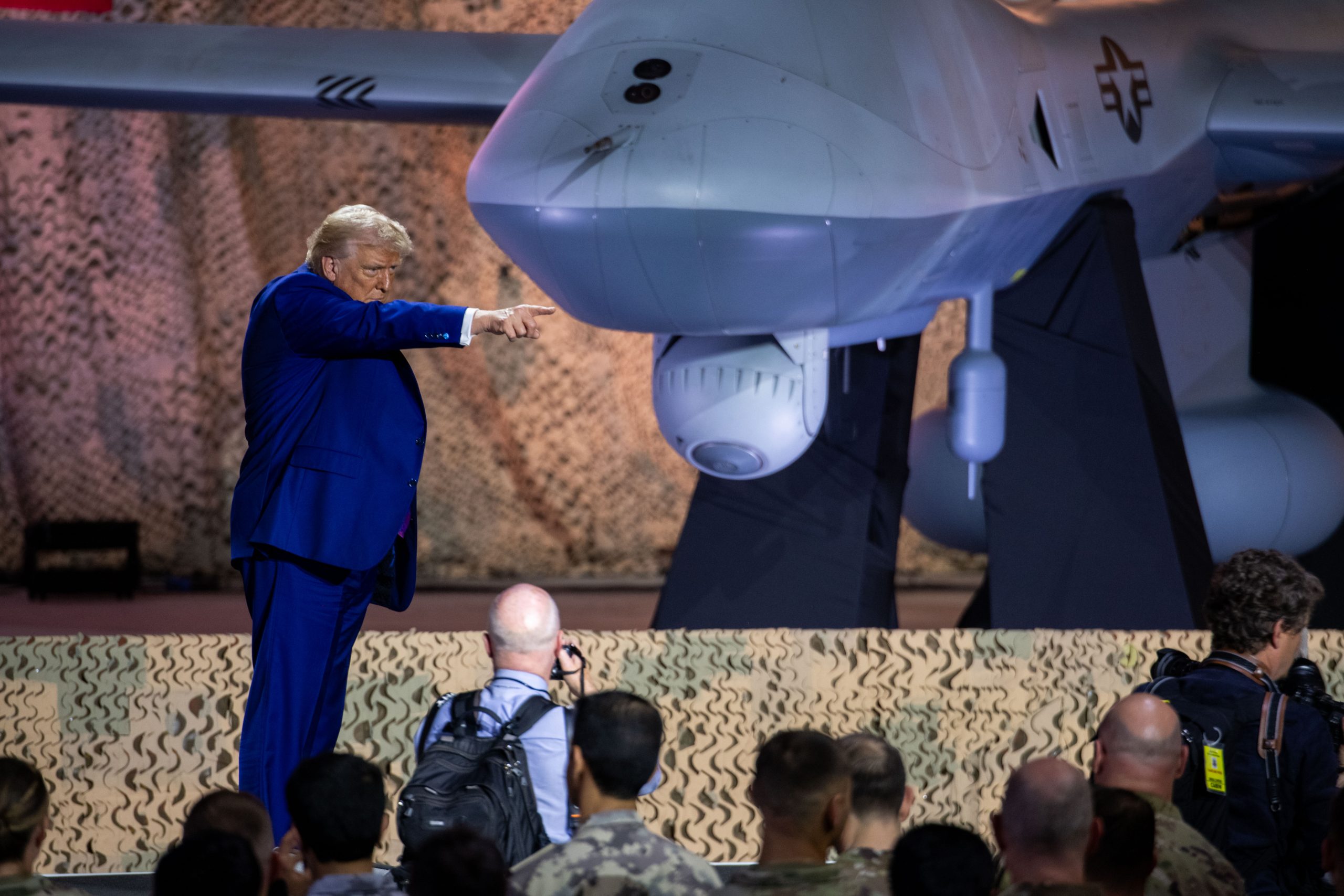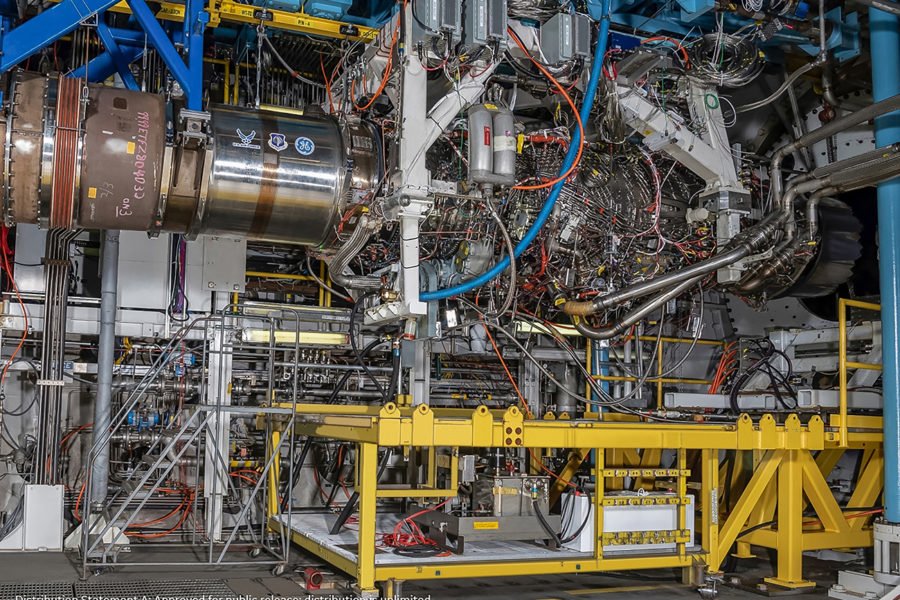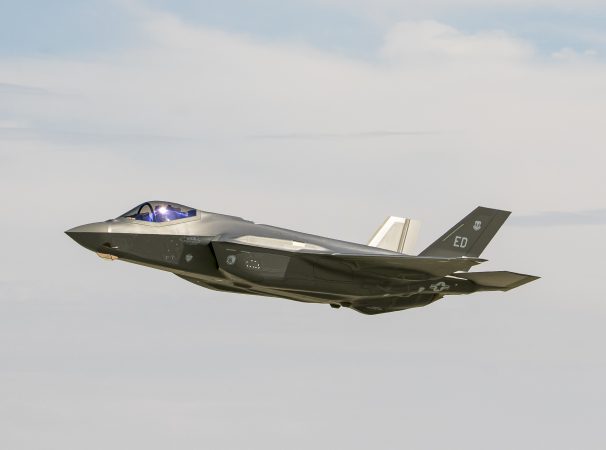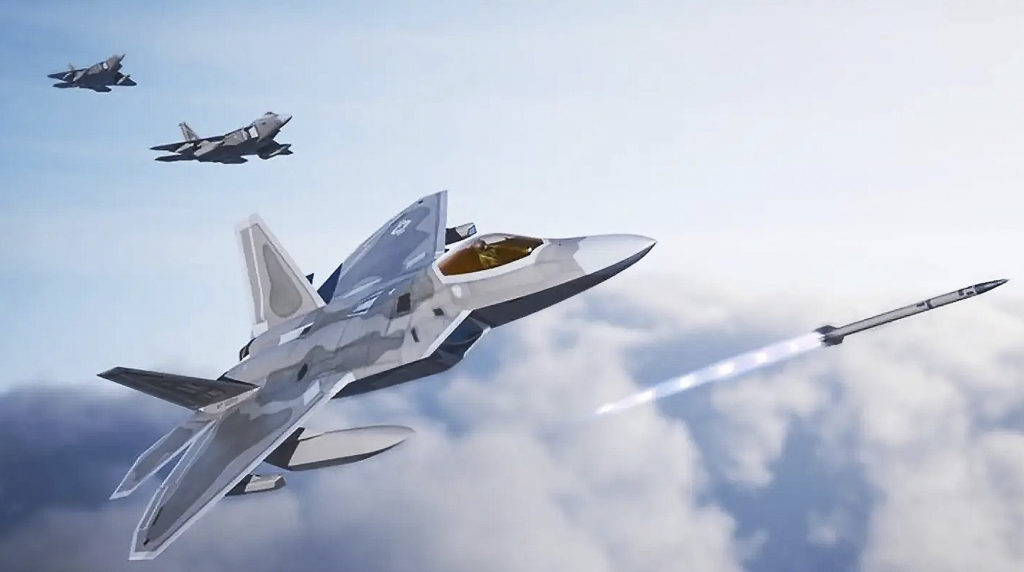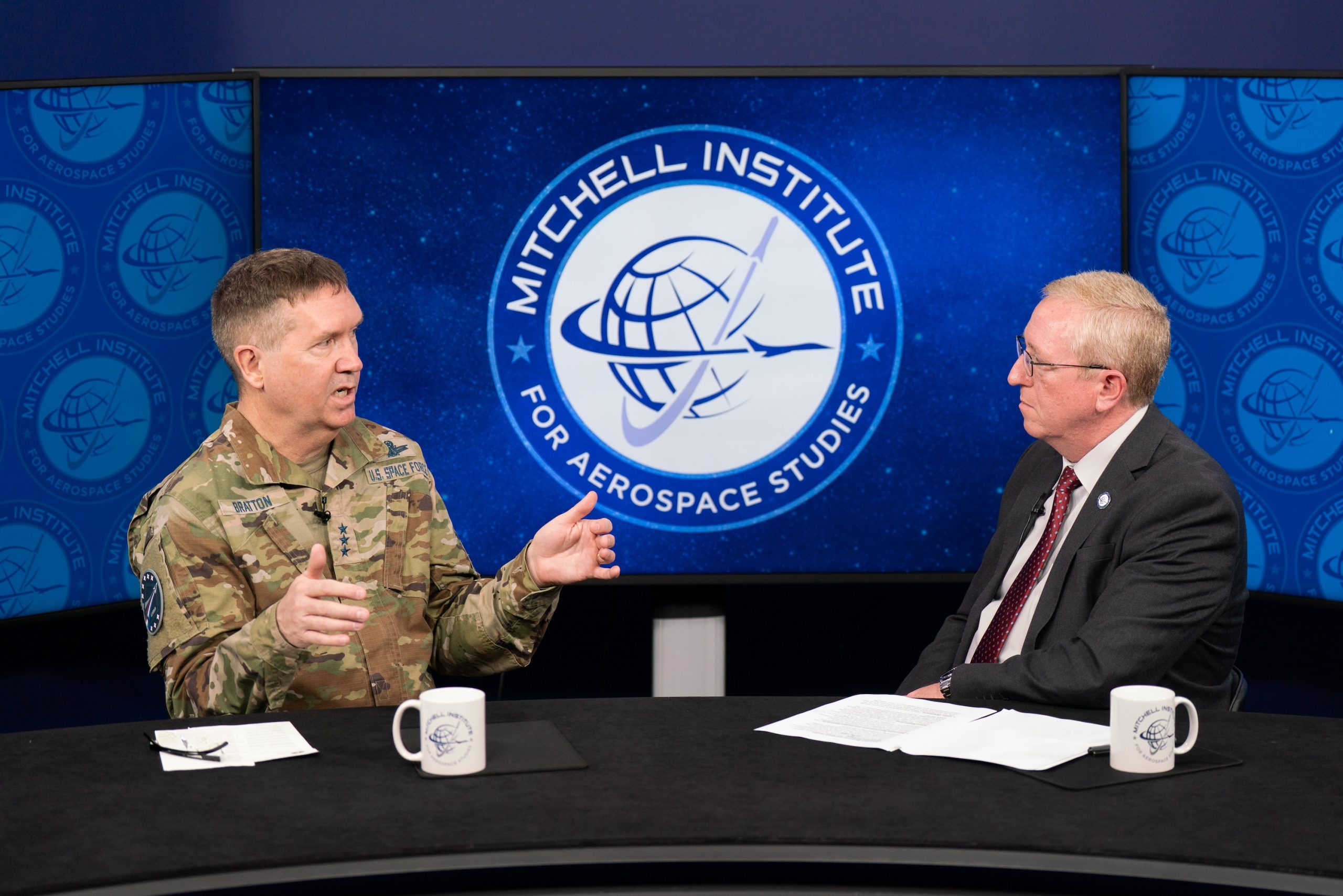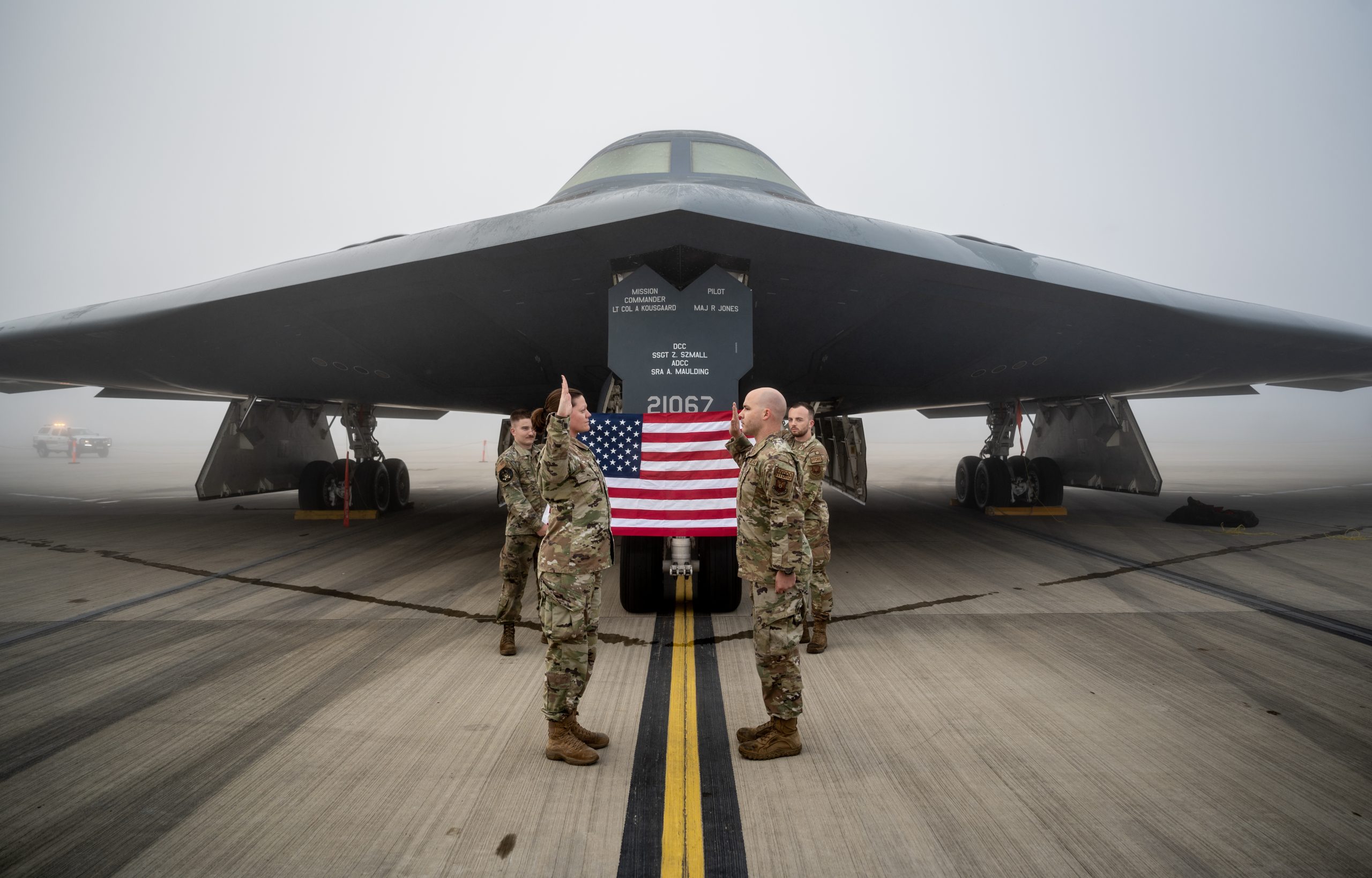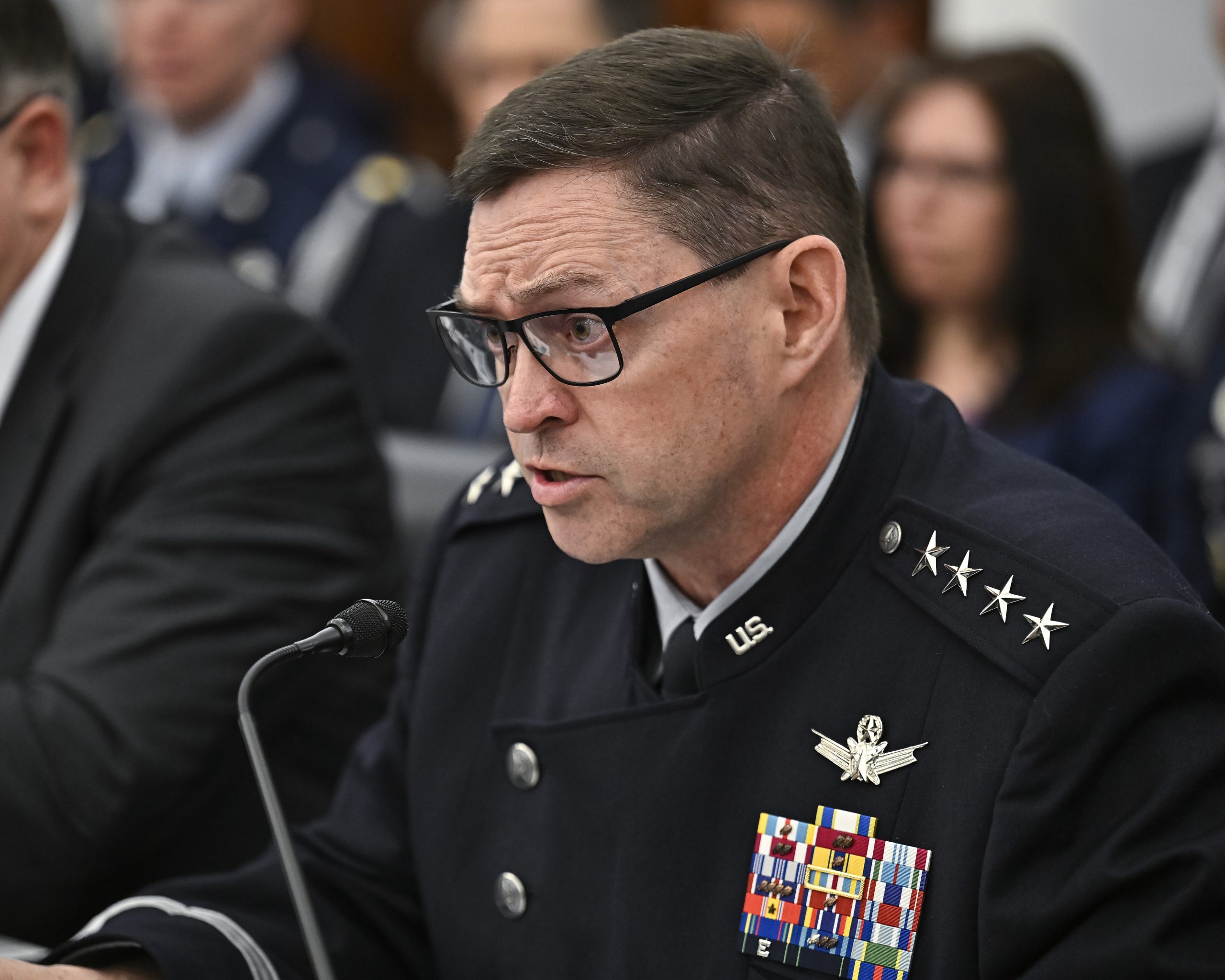Multiple U.S. Air Force F-15 fighters have deployed to the strategic outpost of Diego Garcia in the Indian Ocean to protect the myriad of assets deployed there, including strategic bombers.
“F-15s are deployed to Diego Garcia to provide force protection,” a U.S. official told Air & Space Forces Magazine. The official declined to specify how many F-15s were deployed and also did not disclose which variant of the fighter is operating from the island.
Four B-52H Stratofortress bombers, multiple KC-135 Stratotanker refuelers, and other assets are on the island, which is a key U.K.-U.S. military base. Six B-2 Spirit stealth bombers, which were used against Houthi targets in Yemen, recently left the island after briefly overlapping with the BUFFs.
While the B-2s used against the Houthis were part of an operation run by U.S. Central Command, which oversees U.S. forces in the Middle East, the F-15s fall under U.S. Indo-Pacific Command, where Diego Garcia is located.
Earlier this month, President Donald Trump announced the U.S. would stop its stepped-up bombing campaign against the Houthis using U.S. Air Force and Navy warplanes and drones after the group said it would stop attacking commercial shipping off the coast of Yemen in the Gulf of Aden, Bab el-Mandeb Strait, and the Red Sea.
During a visit to the Middle East, Trump left open the possibility that the U.S. could still use force against the group, which is backed by Iran.
“We’re dealing with the Houthis, and that was, I think, very successful. But maybe tomorrow an attack will be made, in which case we go back on the offensive,” Trump said in Qatar May 15.
While U.S. Central Command paused its 50-day military campaign, Operation Rough Rider, against the Houthis early this month, after hitting over 1,000 targets and killing hundreds of Houthi fighters, according to U.S. officials, Israel has expanded its bombing campaign against the Houthis in recent weeks.
During the campaign, the Houthis fired on U.S. ships and aircraft and downed at least seven U.S. MQ-9 Reaper drones. The USS Harry S. Truman aircraft carrier lost two F/A-18s off its deck during the campaign, and one F/A-18 last December in a friendly fire incident. All Sailors involved survived. The USS Carl Vinson aircraft carrier was also deployed to the region, and additional fighters and extra air defense systems were sent to the Middle East, an extraordinary surge in firepower, particularly when combined with the bombers stationed on Diego Garcia. The deployment of the F-15s was first reported by The War Zone.
The ceasefire between the Houthis and the U.S. does not extend to Israel, and tensions remain high as the Houthis have attacked Israel with missiles and drones, and recently struck near Ben Gurion International Airport. The Houthis say they are retaliating for Israel’s military campaign in the Gaza Strip, which has expanded. The Houthis and nongovernmental groups claim that scores of civilians have been killed in the U.S. and Israeli strikes in Yemen.
“If the Houthis continue to fire missiles at the State of Israel, they will be severely harmed, and we will also hurt the leaders,” Israeli Prime Minister Benjamin Netanyahu and Defence Minister Israel Katz said in a statement.
Secretary of Defense Pete Hegseth joined Trump during his trip to the Middle East, visiting Saudi Arabia, Qatar, and the United Arab Emirates. Trump and Hegseth gave a speech to troops stationed at Al Udeid Air Base, Qatar, May 15, which houses the forward headquarters of CENTCOM, Air Forces Central, and the Combined Air Operations Center.
